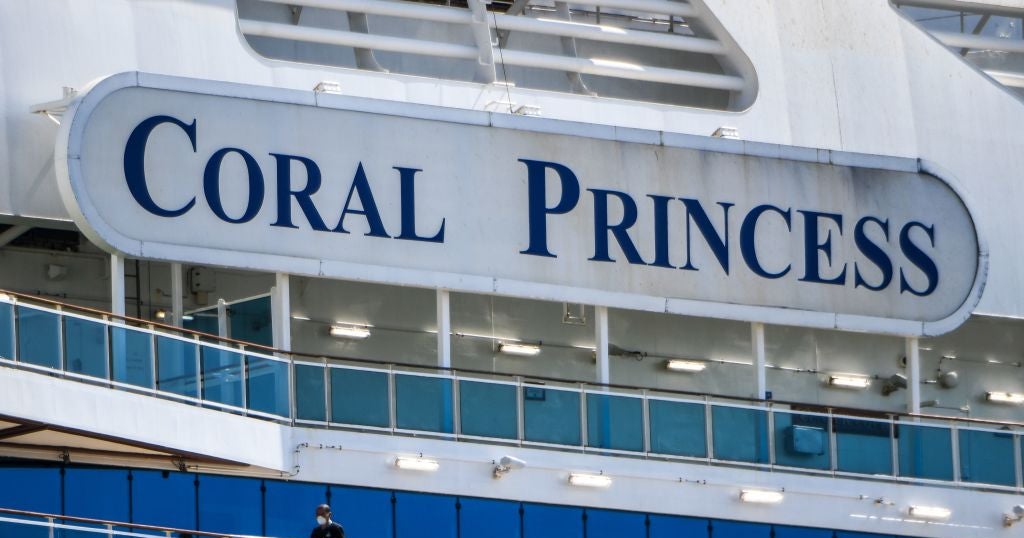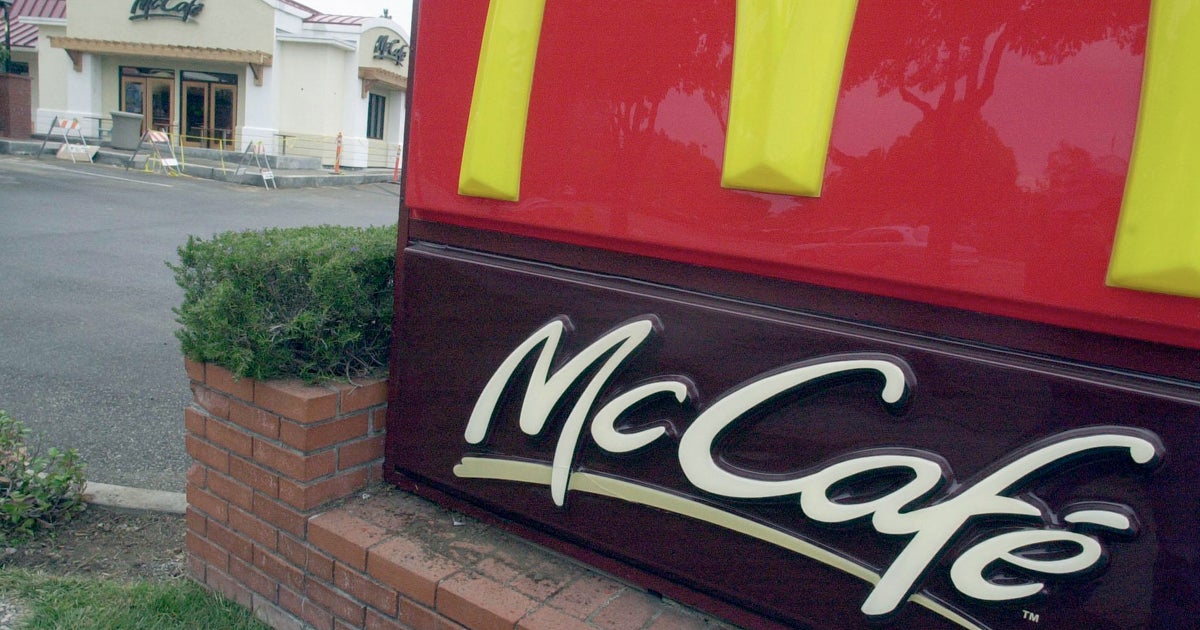The Francis Scott Key Bridge collapse is impacting cruises and could cause up to $10 million in losses for Carnival
The Francis Scott Key Bridge collapse has impacted cruise travel in Baltimore. Carnival Cruise Line had to temporarily move its Baltimore operations to Norfolk, Virginia, as the Baltimore Harbor has been closed to marine traffic — which could cause up to a $10 million monetary loss for the company.
The company's ship, Carnival Legend, was scheduled to return to Baltimore on Sunday, March 31, but guests will instead go to Norfolk. There will be a complimentary bus service to get back to Baltimore from that port, Carnival announced on Tuesday. The drive between these cities could be up to five hours long.
The upcoming Carnival Legend cruise on March 31 will depart and return to Norfolk.
"Our thoughts remain with the impacted families and first responders in Baltimore," Christine Duffy, president of Carnival Cruise Line, said in a statement. "We appreciate the pledge made by President Biden today to dedicate all available resources to reopen Baltimore Harbor to marine traffic as soon as possible. As those plans are finalized, we will update our future cruise guests on when we will return home to Baltimore, but in the meantime, we appreciate the quick response and support from officials in Norfolk."
"We will continue to actively monitor the situation and look forward to getting back to Baltimore as soon as possible," a Carnival spokesperson said in a statement to CBS News.
As for the impact on business, the spokesperson told CBS News the company expects a less than $10 million impact on both adjusted earnings before interest, taxes, depreciation, and amortization as well as its adjusted net income for the full year 2024.
Cruise Lines International Association, the largest cruise industry trade association, says 12 cruise ships made 115 trips through Baltimore in 2024. And in 2023, about 444,000 cruise passengers moved through the port, the 29th largest in the U.S.
Other cruise companies like Royal Caribbean and American Cruise Lines also have ships that go to Baltimore, however, it is unclear if those lines have been impacted yet. CBS News reached out to several cruise companies for comment.
The bridge collapsed around 1:30 a.m. on Tuesday when a cargo ship, called the Dali, lost power and crashed into one of the bridge's columns. The ship made a mayday call ahead of the crash and first responders were able to prevent cars from driving onto the bridge, but eight construction workers were on the structure pouring concrete.
Two of the construction workers were recovered alive, but the other six were presumed dead on Tuesday. Two bodies were found in a construction vehicle submerged in the water on Wednesday.
Following the incident, Maryland Governor Wes Moore declared a state of emergency and President Biden said the federal government would pay for the entire cost of reconstructing the bridge, which is still sitting in the river, on top of the cargo ship, which had 22 people on board – none of them harmed.
Baltimore is the ninth-busiest port in the nation and handled a record 11.7 million tons of cargo last year, the Associated Press reports. More than 50 shipping and cruise ship companies do business with the port, mainly moving cars, coal, wood, steel, aluminum, home appliances, furniture, sugar and liquefied natural gas.
"For everybody who is buying cars, for everybody who is (buying) farm equipment, we're the largest port in the country that does that," Maryland Gov. Wes Moore said. "So this is not just impacting Maryland."
Shipping companies and automakers will likely divert ships heading to Baltimore to other East Coast cities, experts say, according to the AP.
Ships waiting to get into Baltimore were stalled after the incident, with many drifting in the North Atlantic, waiting to be assigned to a new port, according to Windward Maritime, which analyzes maritime data.
Transportation Secretary Pete Buttigieg said rebuilding the bridge won't be easy or cheap. "That does not necessarily mean it will take five years to replace, but that tells you what went into that original structure going up," he said. "We need to get a sense of the conditions, of the parts that look ok, to the naked eye, but we just don't know yet, especially in terms of their foundational infrastructure."





